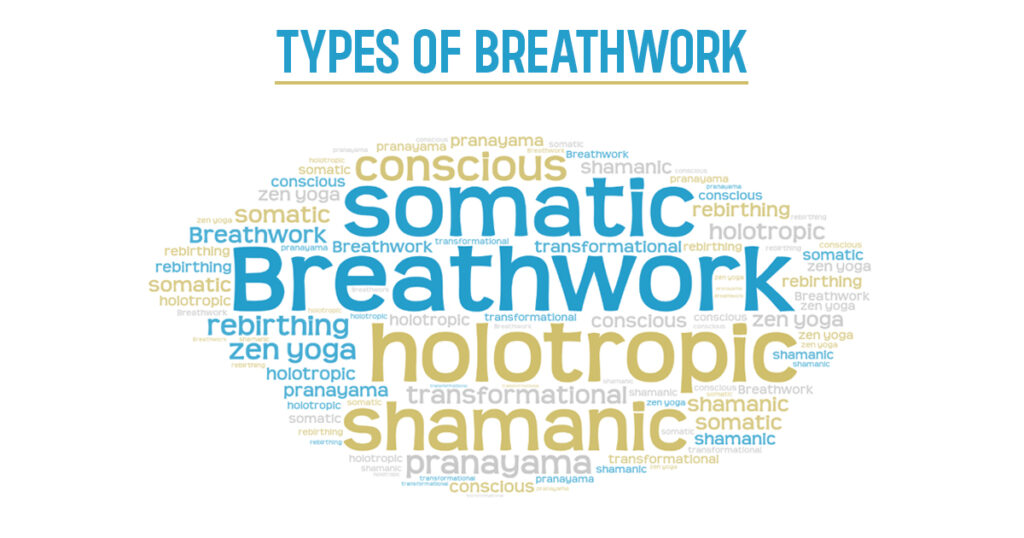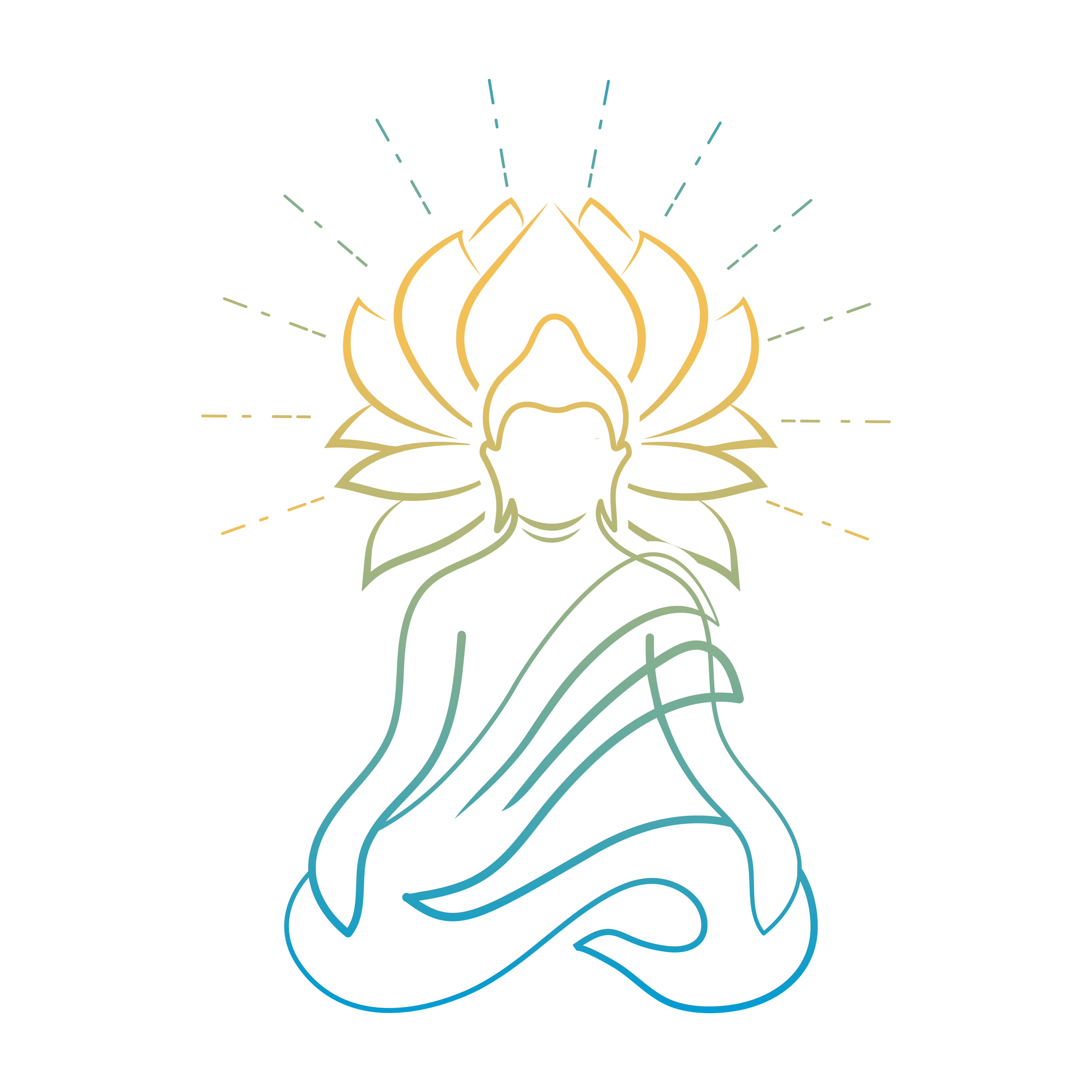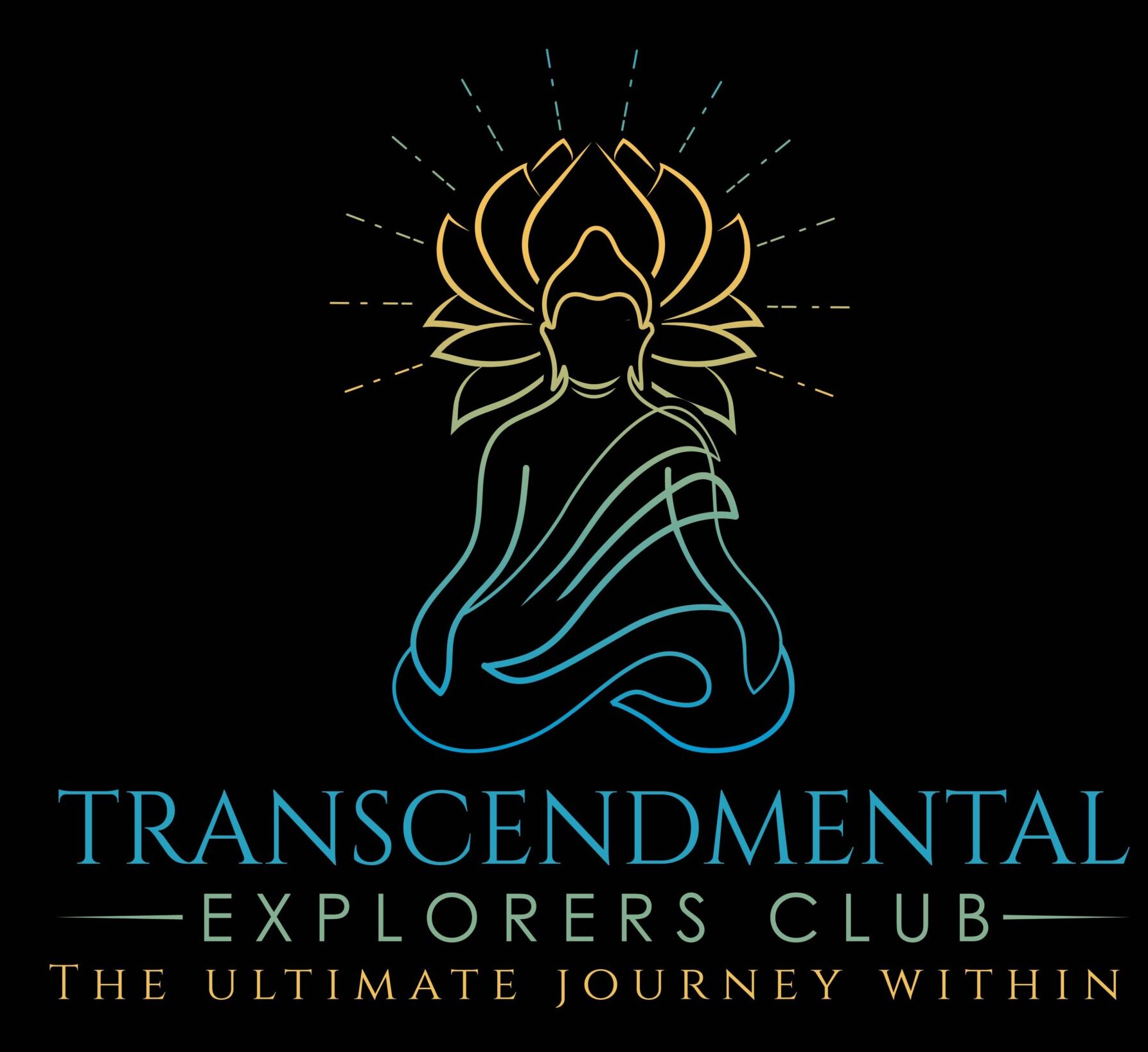
Breathwork, also known as conscious breathing, is a powerful practice that has been used for centuries to improve physical, mental, and emotional well-being. Across different cultures and spiritual traditions, breathwork has been acknowledged as a tool for achieving altered states of consciousness and facilitating transformation on a deep level. In this blog, we will explore some of the most common styles of breathwork and how they can help us tap into our inner healer, higher self and connect with a greater sense of spirituality.
Holotropic Breathwork
Holotropic breathwork was developed by psychiatrist Stanislav Grof in the 1970s. It is a form of therapy that uses deep, rhythmic breathing to access non-ordinary states of consciousness. The word “holotropic” comes from the Greek words “holos” meaning whole, and “trepein” meaning moving towards or becoming. This style of breathwork aims to help individuals move towards wholeness by releasing emotional blocks and accessing insights from their subconscious mind and beyond.
The practice involves lying down with closed eyes and breathing deeply in a specific pattern for an extended period of time. This sustained and intentional breathwork can lead to intense physical, emotional and spiritual experiences. These experiences are often accompanied by a sense of expanded consciousness and connection with the divine.
Shamanic Breathwork
Shamanic cultures have long recognized the power of breath as a means for accessing altered states of consciousness and connecting with the spirit world. In shamanic breathwork uses a combination of deep, rhythmic breathing and intentional movement to journey into the subconscious and beyond.
Shamanic breathwork is often practiced in a ceremonial setting, with the guidance of a shaman or spiritual leader. Participants may use music, drums, rattles or other tools to enhance their experience and connect with their inner wisdom. This style of breathwork can lead to profound spiritual insights, healing and transformation.
Rebirthing Breathwork
Rebirthing breathwork, also known as “conscious connected breathing”, was developed by Leonard Orr in the 1970s. It is based on the belief that our first breath at birth can have a profound impact on our physical, emotional and spiritual well-being. The practice involves breathing deeply and continuously, without pause, to release any emotional blocks that may have formed during the birthing process.
Rebirthing breathwork can bring up intense emotions, memories and physical sensations as individuals work through any unresolved trauma from their birth experience. The goal is to heal and integrate these early experiences to live more fully in the present moment.
Pranayama
Pranayama is a term used in yoga to describe various breathing techniques that can help individuals connect with their inner self and achieve a state of inner peace. Prana means life force or vital energy, while yama means control or expansion. By controlling the breath, pranayama aims to balance the flow of prana within the body and calm the fluctuations of the mind.
There are numerous pranayama techniques, each with its own benefits and purposes. Some focus on increasing energy and vitality, while others aim to calm the mind and promote relaxation. Pranayama can also be combined with meditation and asana (physical postures) for a more holistic practice.
Somatic or Soma Breathwork
Soma breathwork is a modern style of breathwork that combines ancient wisdom, science and technology to tap into the power of the breath. Developed by Niraj Naik, also known as The Renegade Pharmacist, this practice involves rhythmic breathing techniques combined with music, sound healing and guided meditation.
Soma breathwork aims to activate the “soma”, a term used in ancient Indian scriptures to describe the nectar of immortality. By activating this life-giving elixir through the breath, individuals can experience a deep sense of peace, joy and connection with their true self.
Neurodynamic Breathwork
Neurodynamic breathwork is a holistic approach to healing that combines elements from various styles of breathwork, including rebirthing and shamanic practices. It focuses on releasing traumas, fears and limiting beliefs stored in the body and subconscious mind through deep, circular breathing.
This style of breathwork also incorporates intentional movement, voice work and energy healing to support individuals in connecting with their inner wisdom and achieving a state of balance and harmony within themselves.
The Transformational Power
Breathwork has been used for centuries as a tool for transformation and spiritual growth. By consciously breathing, we can access altered states of consciousness and tap into our inner wisdom to heal, release, and connect with our true selves. Whether it’s through holotropic, shamanic, rebirthing, pranayama or soma breathwork, each style offers unique benefits and experiences that can help us on our journey towards transformation and self-discovery. So, take a deep breath, and allow yourself to explore the vast potential of your breath for personal and spiritual growth and inner healing. Let the power of conscious breathing guide you towards a state of transcendence, where you can truly connect with yourself, others, and the universe. As you continue on your journey, may your breath be a constant reminder of this truth and serve as a tool for transformation and connection with the sacred within you. Namaste.
“Namaste” is a common term used in many spiritual practices and breathwork sessions to symbolize a respectful greeting or farewell. It is derived from Sanskrit and loosely translates to “I bow to the divine within you.” This simple phrase captures the essence of breathwork – connecting with our inner divinity and recognizing the same in others.

